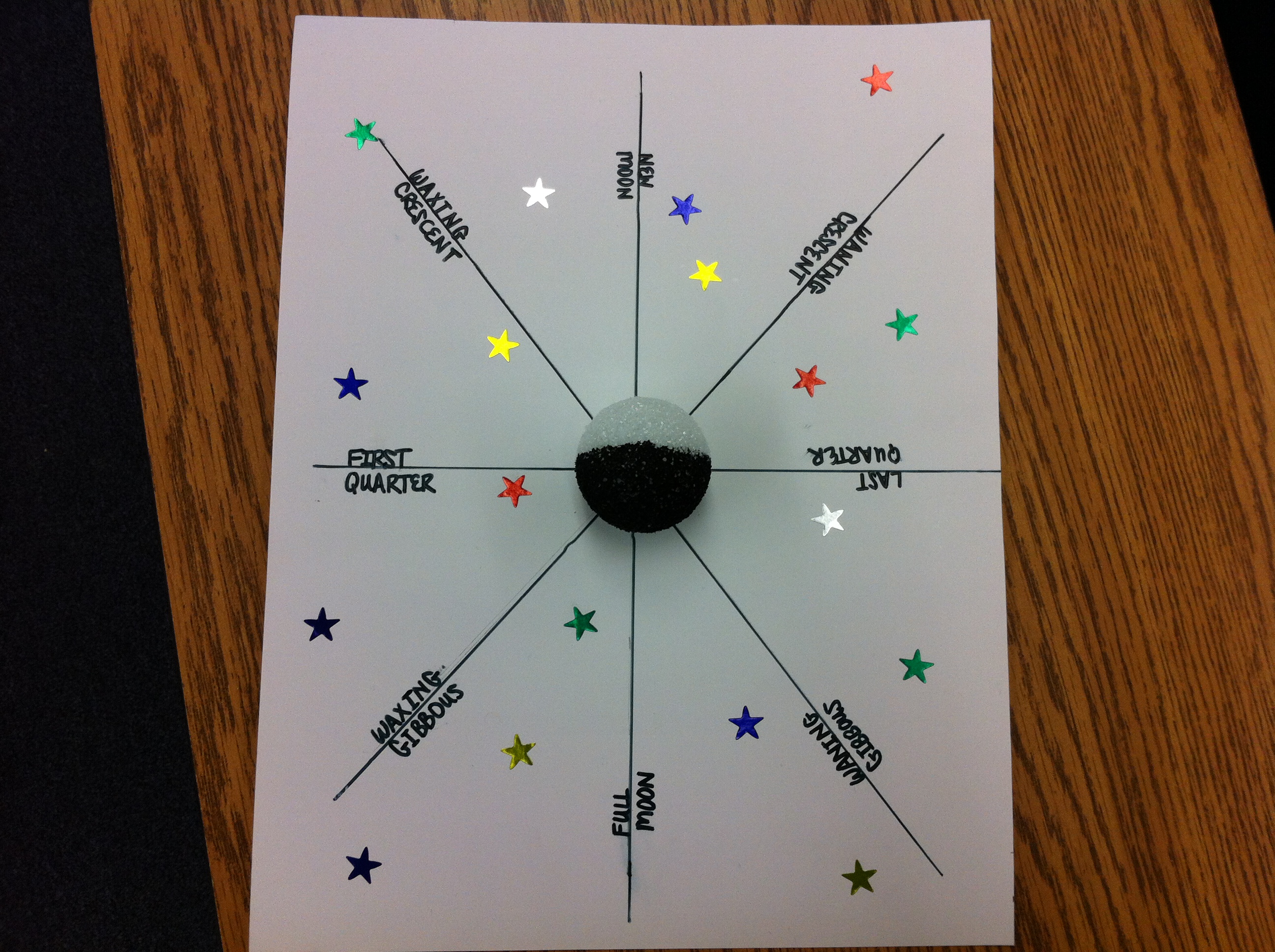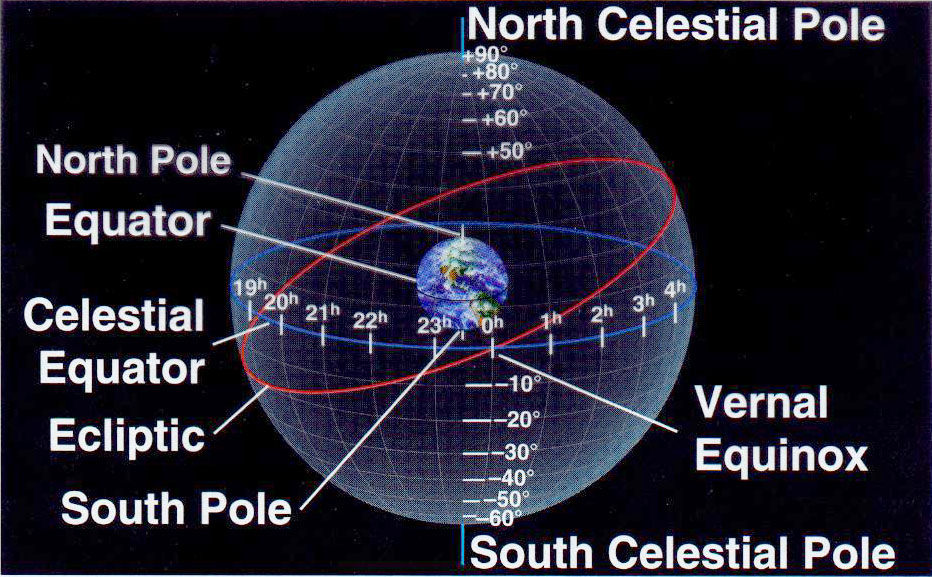Moon Phase Project
Friday, January 16, 2015
Moon Phases Stimulations
Press to go to site
Moon Phases and the Horizon Diagram
Lunar Phases Stimulator
Moon Bisector Demo
Lunar Phases Interactive
Moon Phases Animation
Moon Phases and the Horizon Diagram
Lunar Phases Stimulator
Moon Bisector Demo
Lunar Phases Interactive
Moon Phases Animation
Moon Sub-Questions Answers
- phases:
2. If someone look at the moon every other day for a week, the appearance will have changed because a cycle of the moon phase is about 28 days, so a week is about a quarter of that cycle which the observer will see changes in the moon’s phase.
3. It is waxing because the moon is getting fuller.
4. when the moon is illuminated on the left side, it is going through the waning stage.
5. Sometimes the moon is visible during the day is because the moon orbit. As it gets closer to becoming a new moon, it might crosses the sun’s path during the day time and so we see the moon during the day
6. The moon is not visible all the time is because it is a new moon or is a lunar eclipse.
8. The moon sets at different time every night, later than the previous night.
9. The “first quarter” got its name because in a full moon phase, the “half moon” is actually a ¼ mark of the whole cycle, so it is the first quarter.
10. 29.5 days
11. The mean distance from the Earth to the moon is 238,855 miles.
12. The mean distance from the Earth to the Sun is 147 million km.
13. 109 of Earth's diameter will fit across the Sun's diameter.
14. 400 of Earth's diameter will fit across the moon's diameter.
15. Only moon can be observed from Earth with the naked eye, but with advanced technology, it is possible to observe other objects in the solar system like meteorites.
Wednesday, January 14, 2015
Moon Phase Sub-Questions
g
1. Name and display the phases of the moon.
2. If you looked at the moon every other day for a week, would its appearance change? Explain?
3. When the moon is illuminated on the right side (as seen by an observer in the Northern Hemisphere on Earth), is it waxing or waning? Explain.
4. Describe what is happening when the moon is illuminated on the left side.
5. Why can you sometimes see the moon during the day?
6. Why is the moon not visible at all times, even when the sky is clear?
7. Describe the motion for one day of the observed moon using azimuth and altitude (N, E, S, W and 0° - 90°.)
8. Does the Moon setting earlier, later, or at the same time from one night to the next?
9. Why is the “first quarter” phase given its name yet you observe a “half moon’?
10. If you observe the moon today, how many days will it take until you observe the same phase of the moon again? How could you find out for yourselves how long it takes for the moon to look the same as today?
11. What is the mean distance from the Earth to moon?
12. What is the mean distance from the Earth to the Sun?
13. How many Earth diameters fit across the Sun’s diameter?
14. How many moon diameters fit across the Sun’s diameter?
15. Is the moon the only object in our solar system with observed “phases”? Explain.
Subscribe to:
Posts (Atom)



